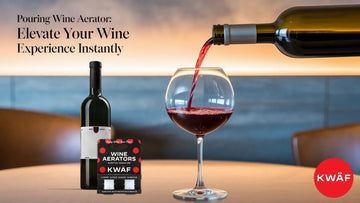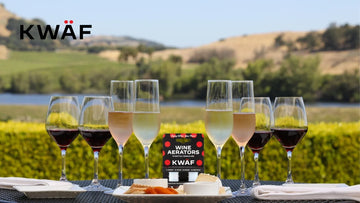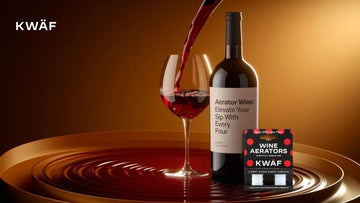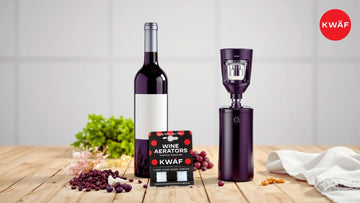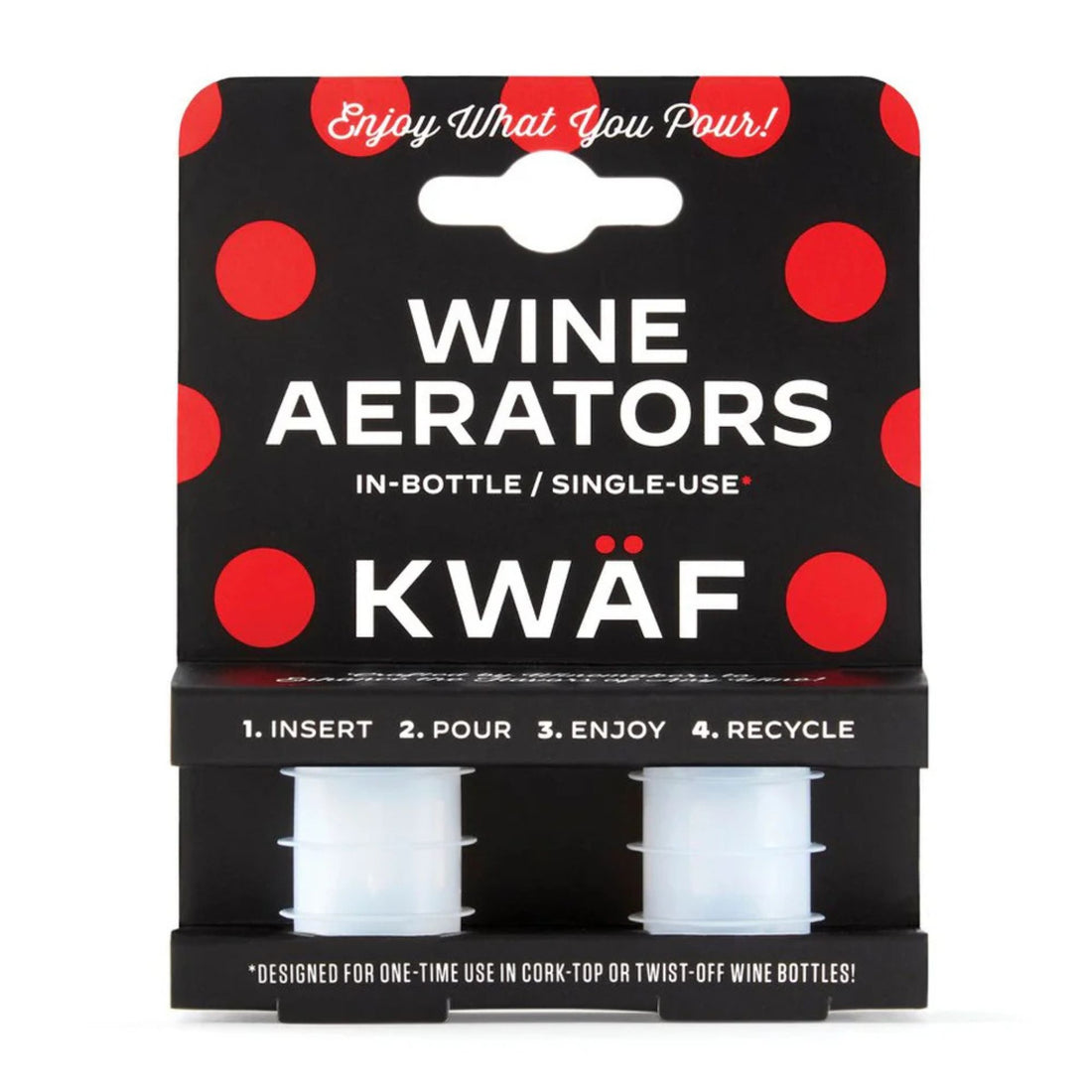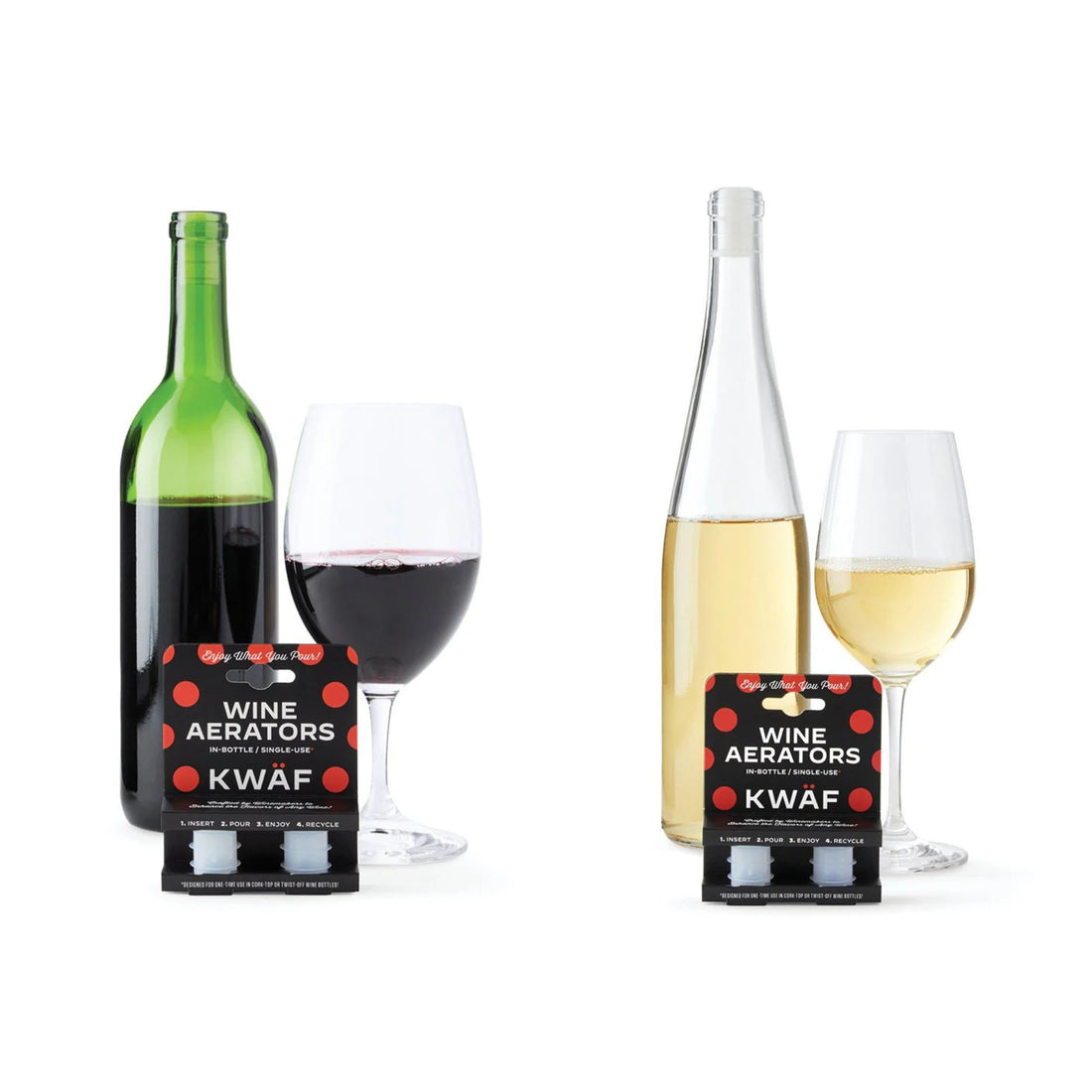Wine enthusiasts understand that the journey from vine to bottle is fascinating, marked by changes in flavors and aromas. One key element in unlocking a wine's full potential is aeration. Whether you're dealing with a young, vibrant vintage or a well-aged bottle, the approach to aeration can significantly impact your tasting experience. In this exploration, we'll delve into the nuances of aerating young versus mature wines, providing insights to enhance your appreciation of each sip.
The Art of Aerating Young Wines
Freshly bottled and bursting with youthful exuberance, young wines often benefit from aeration to soften their edges. These wines are bold, tannic, and have vibrant fruit flavors. Aerating young wines helps integrate these elements, allowing the wine to mellow and express its full potential.
Aeration Techniques for Young Wines
Decanting

Decanting is a popular method for aerating young wines. The wine is exposed to oxygen when poured into a decanter, which helps soften the tannins and improve the scent overall. For young wines, a shorter decanting time, typically 30 minutes to an hour, can achieve the desired effect without diminishing the wine's freshness.
Aerator Usage
Utilizing a wine aerator designed explicitly for young wines can be a game-changer. KWÄF wine aerators, known for their precision and effectiveness, are ideal for enhancing the flavors of young wines. These aerators promote controlled aeration, preserving the wine's inherent characteristics while smoothing rough edges.
Aged to Perfection: Aerating Mature Wines
Mature Wine Characteristics
As wines age, their flavors evolve and become more nuanced. Mature wines often boast complex bouquets, smoother tannins, and tertiary flavors developed over years of aging. Aerating these wines aims to awaken their dormant aromas and ensure a harmonious balance in each sip.
Aeration Techniques for Mature Wines
Decanting Duration
Unlike their younger counterparts, mature wines benefit from more extended decanting periods. Decanting a ripe wine for one to two hours allows the wine to unfold gracefully, revealing layers of complexity. Please consider the wine's specific characteristics, adjusting the decanting time based on its age and structure.

Aerator Selection
When aerating mature wines, the choice of aerator becomes crucial. KWÄF wine aerators offer a range of options, each tailored to different wine profiles. The precision engineering of these aerators ensures aeration that respects the delicate nuances of mature wines, elevating the tasting experience without overwhelming the subtle flavors.
The Role of Oxygen: Striking the Right Balance
Oxygen's Impact on Young Wines
For young wines, controlled exposure to oxygen is beneficial. Oxygen helps soften tannins and allows the wine to "breathe," enhancing the fruit flavors. However, excessive aeration can strip away the wine's youthful vibrancy, so finding the right balance is critical.
Oxygen's Influence on Mature Wines
Mature wines, having undergone years of aging, are more delicate. While they benefit from aeration, prolonged exposure to oxygen can diminish their nuanced qualities. The challenge is to strike a balance that coaxes out the wine's complexity without compromising its integrity.
The Impact of Grape Varieties on Aeration Needs
Understanding Tannin Levels
Different grape varieties exhibit varying levels of tannins, affecting the aeration requirements. Delve into how tannins influence the aeration process and discuss specific recommendations for aerating wines made from high-tannin grapes versus those with lower tannin content. Understanding these nuances enables wine enthusiasts to tailor their aeration approach based on the grape variety.

Aromatics and Oxygen Interaction
Explore how aromatic compounds in wines interact with oxygen during aeration. Certain grape varieties are known for their distinct aromas, and understanding how aeration influences these aromatic profiles is crucial. Provide insights into the best aeration practices for preserving and enhancing the unique aromatics of different grape varieties. This subtopic empowers readers to make informed decisions based on the specific characteristics of the wines they enjoy.
Aerating wine is an art, and understanding the nuances between young and mature wines adds a layer of appreciation to the tasting experience. Whether you're savoring a young vintage's boldness or a well-aged bottle's sophistication, KWÄF wine aerators provide the tools needed to enhance every pour.
Elevate your wine journey with precision-crafted aerators from KWÄF. Explore our collection at kwafwineaerators.com and discover the perfect companion for your favorite wines. Cheers to aeration done right!


